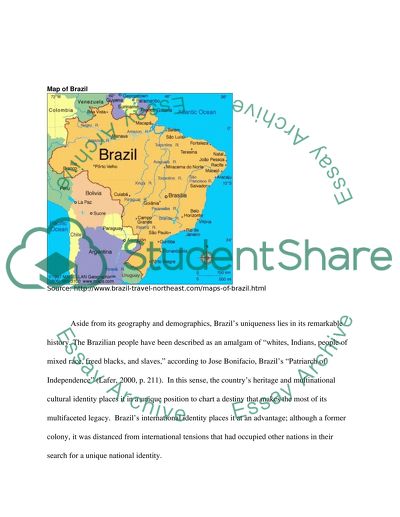Cite this document
(“How did democratization impact upon foreign policy of Brazil Essay”, n.d.)
Retrieved from https://studentshare.org/environmental-studies/1417549-how-did-democratization-impact-upon-foreign-policy
Retrieved from https://studentshare.org/environmental-studies/1417549-how-did-democratization-impact-upon-foreign-policy
(How Did Democratization Impact Upon Foreign Policy of Brazil Essay)
https://studentshare.org/environmental-studies/1417549-how-did-democratization-impact-upon-foreign-policy.
https://studentshare.org/environmental-studies/1417549-how-did-democratization-impact-upon-foreign-policy.
“How Did Democratization Impact Upon Foreign Policy of Brazil Essay”, n.d. https://studentshare.org/environmental-studies/1417549-how-did-democratization-impact-upon-foreign-policy.


